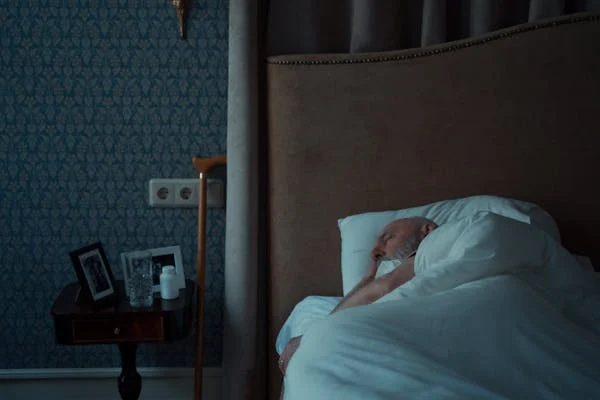Treatment for acute gout flares aims to lessen swelling and improve the patient's comfort and movement. Use of chronic uric acid lowering medication, physical therapy, and dietary changes are all necessary for the treatment of acute gouty arthritis attacks that repeat often.
Before discussing our patients, let's have a brief overview of gout.
What is Gout?
Gout refers to the inflammation of a joint (or rarely multiple joints) that occurs because of deposition of crystals of uric acid in the joint space. Gouty arthritis is different from chronic tophaceous gout. Chronic tophaceous gout is a painless condition that is usually a result of long-standing untreated gout. Urate crystals deposit in the extensor surfaces of the elbows, around the joints and the ear lobes.
How does an acute gouty arthritis present?
The acute flare of gouty arthritis presents with swelling, redness, pain, and loss of function of a joint. The most common joint involved in an acute flare is the big toe. This is also called as Podagra. Patients develop an abrupt onset of severe pain in the joint. The pain gets more severe within the first 24 hours to 48 hours of symptoms onset.
Acute flares are usually precipitated by the following factors:
- Intake of a high-protein diet
- Dehydration
- surgery
- Trauma
- Medicines like thiazide diuretics
- Alcohol intake
- Cold weather
Acute flare of gouty arthritis diagnosis does not require high serum uric acid levels ...
The diagnosis is usually clinical. Non-specific laboratory parameters that might be abnormal in a patient with gouty arthritis include:
- A high total leukocyte count
- A raised sedimentation rate
- Raised C-reactive protein
- Hyperuricemia
- Subcortical bone cystic areas on plain radiograph or Magnetic resonance imaging of the joint
- Tophaceous deposits around the joint on an ultrasound examination.
Other important investigations include:
- Blood culture and sensitivity to rule out bacteremia and septic arthritis
- Rheumatoid factor to rule out mono-articular rheumatoid arthritis.
Diagnostic test for gouty arthritis ...
The only investigation that confirms the demonstration of negatively birefringent crystals in the synovial fluid in this condition. The synovial fluid examination is also important to exclude septic arthritis which is a strong differential in a patient who has got monoarthritis.
Let's come to our real patient with an acute flare of gouty arthritis ...
This is a 40 years of age male patient who is a diagnosed case of gout with infrequent attacks of arthritis. This time he developed swelling and pain with loss of function of the right big toe over a few days.  He started his usual medications which were prescribed to him previously. These include:
He started his usual medications which were prescribed to him previously. These include:
- Celecoxib 100 mg twice daily
- Febuxostat (Gouric) 40 mg once a day.
He continued these medicines for 3 - 4 days but his symptoms got worse and he could not move his limb because of the severe pain.
What treatment is required at this stage to relieve his symptoms?
An overview of Acute Gout Flare Treatment and how I managed this patient will be posted later ... Post your treatment in the comments below...




